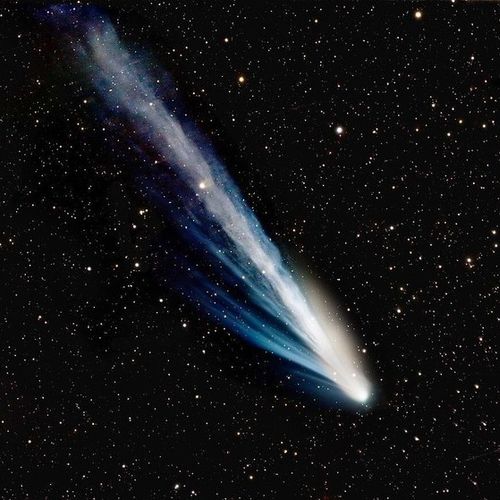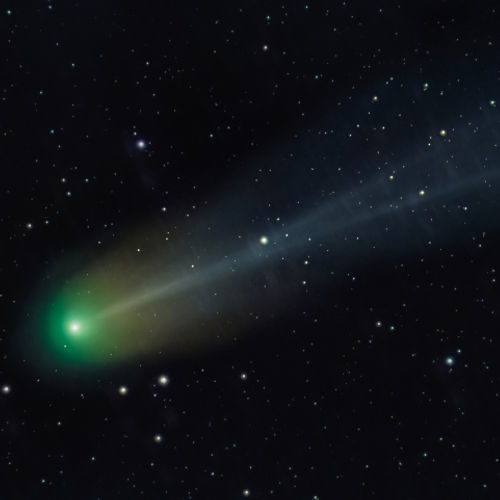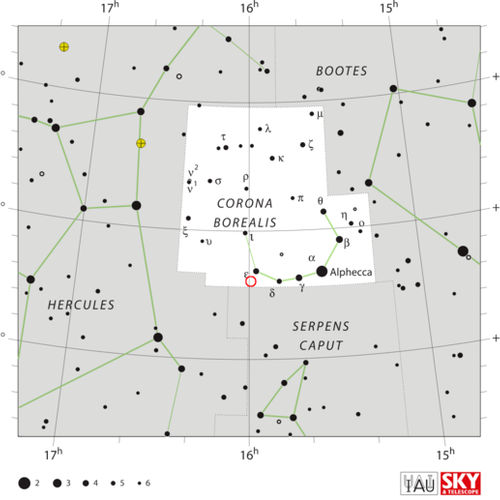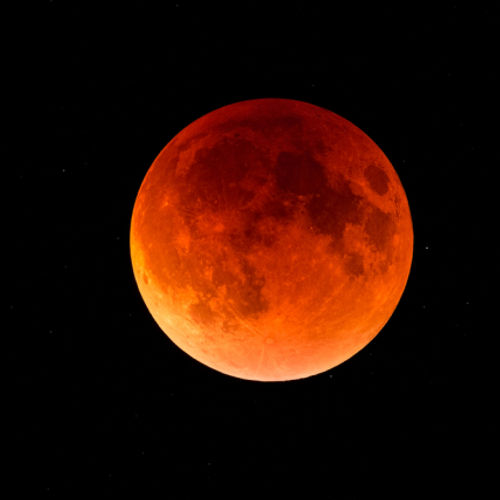
| Added | Wed, 23/08/2023 |
| Источники | |
| Дата публикации | Wed, 23/08/2023
|
| Версии |
Objects appear and disappear in the vastness of our universe, allowing us to look into the secrets of outer space. Recently, the attention of the scientific community was attracted by comet Nishimura, which is a "potentially interstellar" celestial body. As a result of the close approach, comet Nishimura can be seen with the naked eye, representing a star-shaped spot with a characteristic tail. This phenomenon is often referred to as a visual representation of a "dirty snowball".
The nature of comets
The term "dirty snowball" is due to the nature of comets, which are aggregates of ice, dust and rocky material. Unlike asteroids, which consist mainly of metals and stones, comets undergo a unique transformation when approaching the Sun. As we approach the star, the icy and dusty components begin to evaporate, which is called sublimation. As a result, a characteristic tail and a cloudy halo is formed, called a coma.
Interstellar origin
However, what makes Comet Nishimura truly fascinating is its possible interstellar origin. This assumption follows from its trajectory and the fact that it was discovered at a great distance from the Sun. The discovery of the comet belongs to the Japanese Hideo Nishimura, who on August 12, 2023 noticed a celestial object using a telephoto lens mounted on a Canon camera. The comet was also captured in a photograph taken by a photographer at June Lake in California, where it appeared as a bright green spot with a shiny tail.
Visibility and luminosity
In a recent blog post, NASA analyzed the visibility of comet Nishimura, stating that it will be visible to the naked eye within a few days after its approach. "Will Comet Nishimura become visible to the naked eye? Given the unpredictability of comets, no one can say for sure, but at present it looks quite likely," NASA said in a statement. The report says that the luminosity of the comet may increase when it dives towards the Sun in early September.
The upcoming turn around the Sun
Another intriguing aspect of the comet's journey is its upcoming "turn" around the Sun - a dramatic maneuver organized by the huge gravitational pull of our star. As a result, the comet will rush back into the cosmic darkness, away from our eyes. However, such proximity to the Sun, especially within the orbit of Mercury, creates a dangerous situation. There is a possibility that the comet's core - a solid skeleton consisting of rock, dust and frozen gases - may disintegrate. "The comet will pass so close to the Sun - inside the orbit of the planet Mercury - that its core may disintegrate," NASA said in a statement.
Optimal visibility and observations
According to EarthSky, Nishimura is currently moving in front of the constellation Gemini, low in the dawn sky. According to the publication, the comet was hiding in the glare of the sun before it was captured in the pictures. EarthSky recommends that enthusiasts use a small telescope to observe the comet in the remaining days of August, given the risk associated with its proximity to the Sun.
Новости со схожими версиями
Log in or register to post comments









